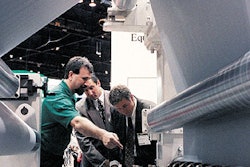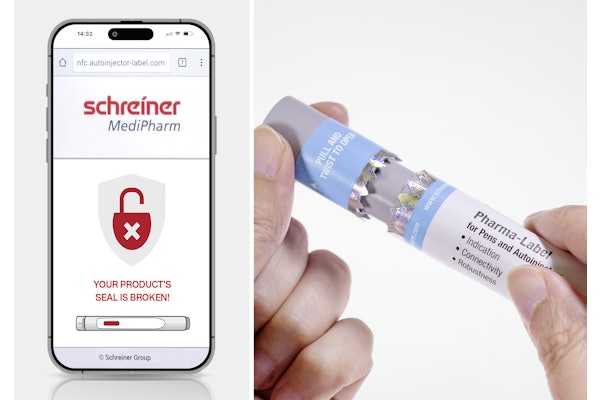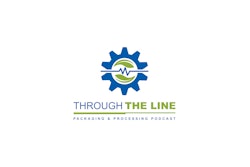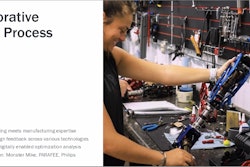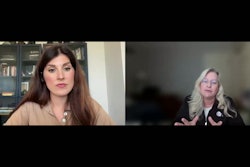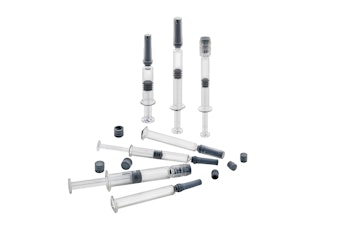Packaging engineers need to understand distribution and shipping issues
Jan Gates, senior packaging engineer at medical products maker Guidant Corp., presented the following insights at MD&M West. • Know your distribution system. Companies can make a great product, but may not know the product's [packaging and distribution] needs. It's imperative to get the device to customers safely. • Take advantage of shipping tests, such as those developed by UPS and FedEx. They can save you money. • Use indicators for temperature-sensitive devices. Distribution companies don't always tell you about extreme temperature conditions or how long a package was exposed to them. • A box is not just a box. There have been big changes with corrugated in the past 20 years. • Project your corrugated needs years in advance so suppliers can grow the trees. • Considerable money can be saved simply by changing the type of dunnage that's used for product protection in a shipping case. • Know the strength of board you'll need, all the dimensions, how flaps will fold, how boxes will stack, and watch for over- or under-hang on the pallet. You'll pay more than you need to if the box isn't right. • Engineers need to understand regulatory issues and graphics design. • Understand dimensional charges pertaining to package weight and volume. By making a change to the length or width of the box, it can affect shipping cost. • When it comes to distribution regulations, the United States passes regulation and gives companies time to comply, whereas Europe expects regulations to be adhered to immediately.
Mar 10, 2005
Researched List: Blister Machines for Life Sciences
Need a blister machine for life sciences packaging? Our curated list features companies serving pharmaceutical, medical device, nutraceutical, and cosmetic industries. Download to access company names, locations, machine specifications, descriptions, and more.
Download Now
Sustainable Healthcare Packaging Solutions That Work
Industry leaders share proven strategies for reducing packaging emissions by up to 70% while meeting safety and regulatory requirements.
Read More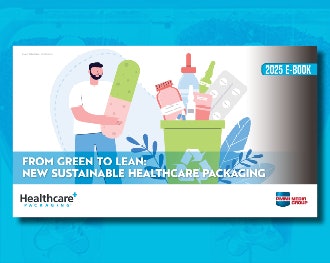
Downloads



